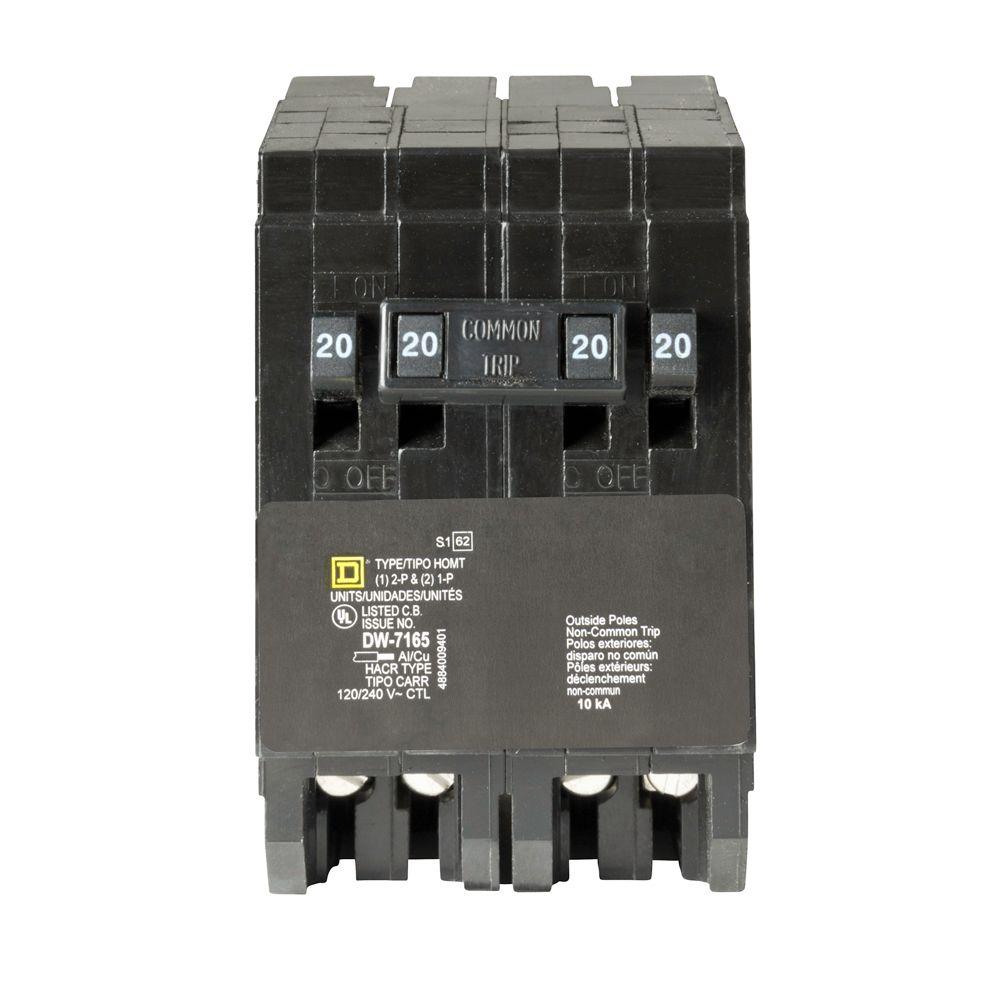Win E
New Member
I have a rental property where a new tenant told me the hot water was running out. Previous tenants never complained. It is a 30 gallon Rheem rated for 240V. I tested the thermostats and elements (240V, 4500 Watts) and everything checked out.
Then I checked the voltage on the electrical supply and it was only 120V. I looked at the electrical panel and saw that the breaker was only a single pole 20 amp breaker. Makes sense that the hot water runs out since the elements would only get 1/4 of the watts it should.
There is no room in the panel to put a double pole. What I would like to know is if I change the elements to 120V, 2000 watts, will this improve the time to heat the water? If I understand this correctly, this would be the max wattage to keep the amps low enough to work with the current 20 amp breaker.
Then I checked the voltage on the electrical supply and it was only 120V. I looked at the electrical panel and saw that the breaker was only a single pole 20 amp breaker. Makes sense that the hot water runs out since the elements would only get 1/4 of the watts it should.
There is no room in the panel to put a double pole. What I would like to know is if I change the elements to 120V, 2000 watts, will this improve the time to heat the water? If I understand this correctly, this would be the max wattage to keep the amps low enough to work with the current 20 amp breaker.

